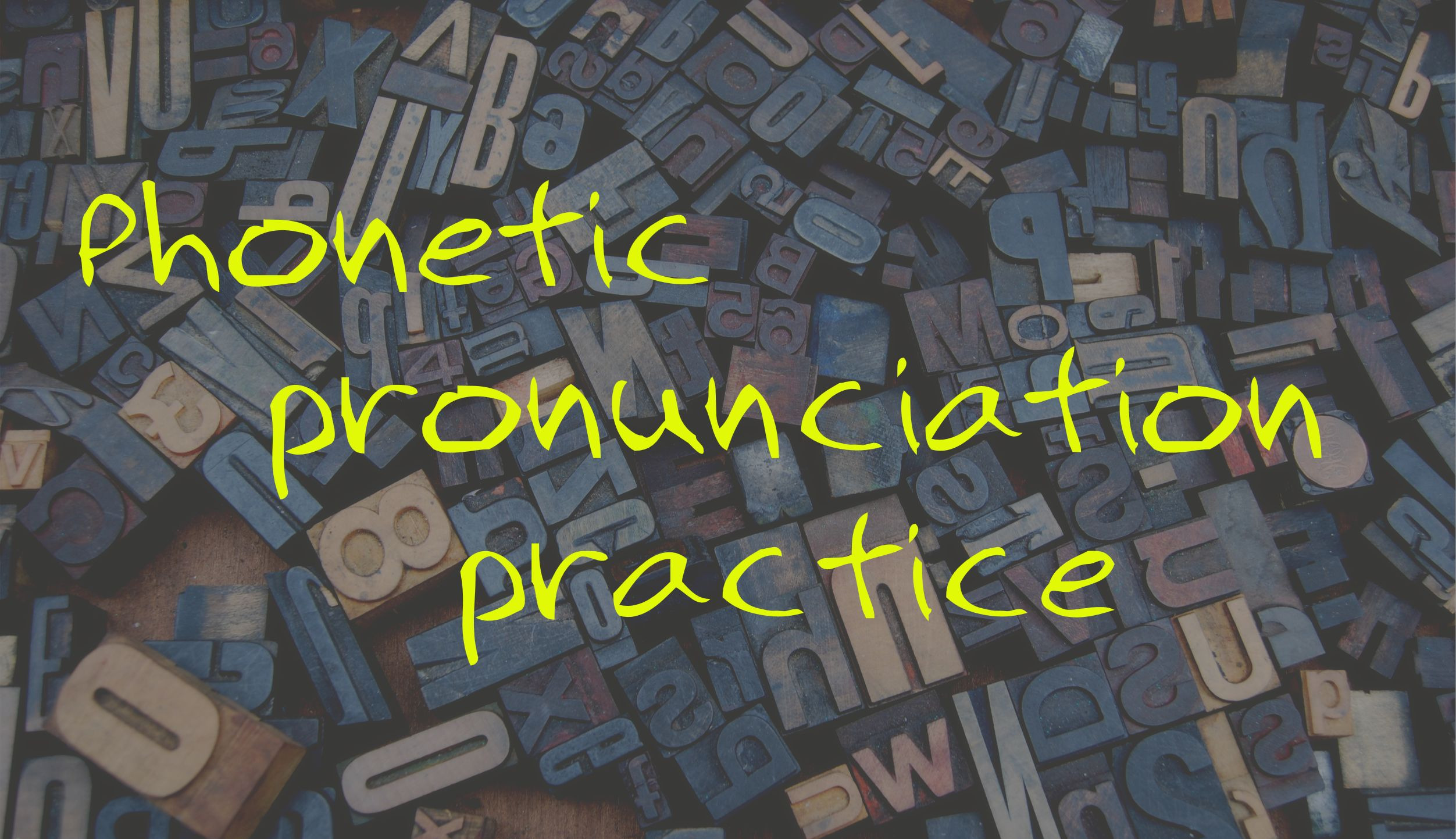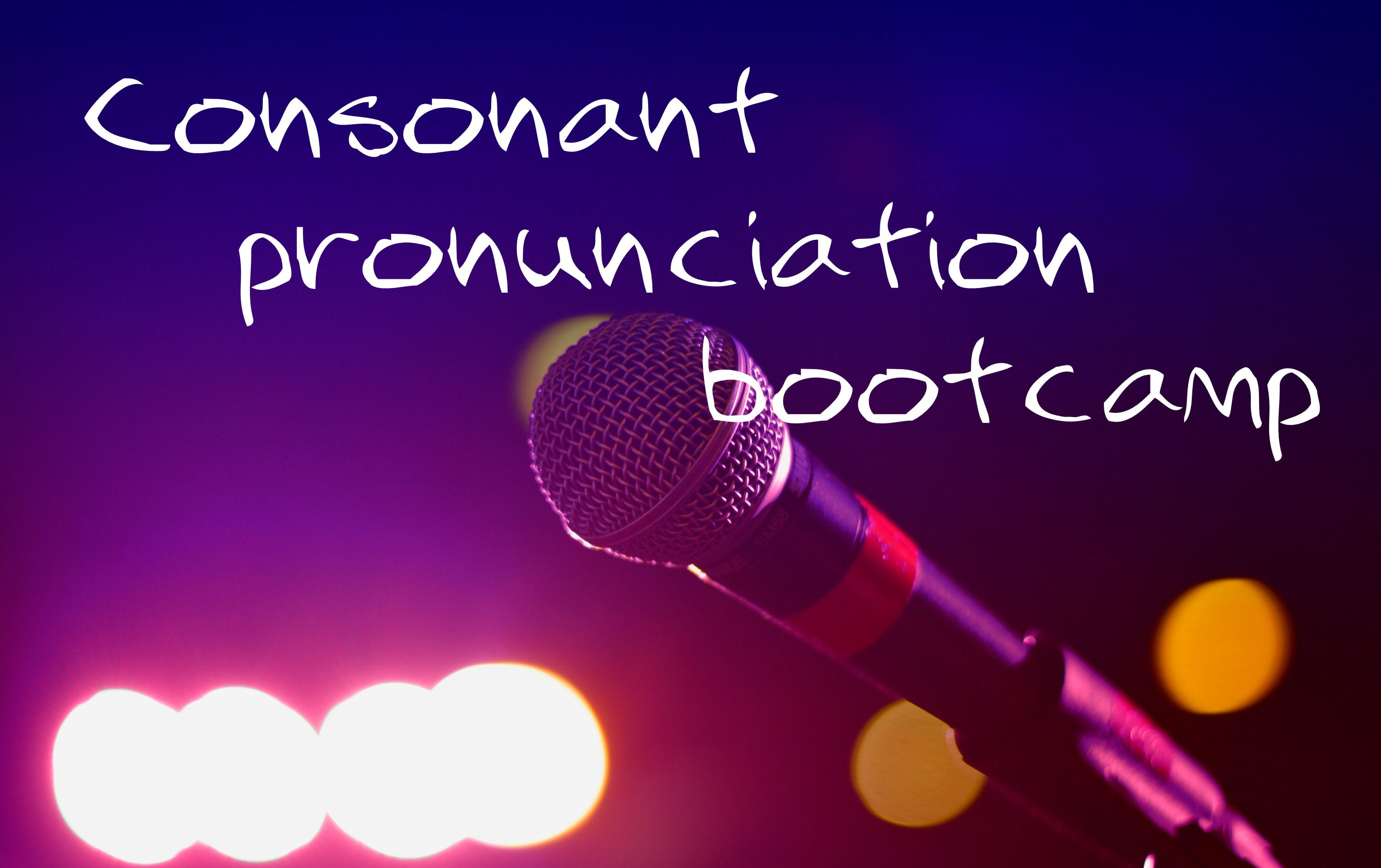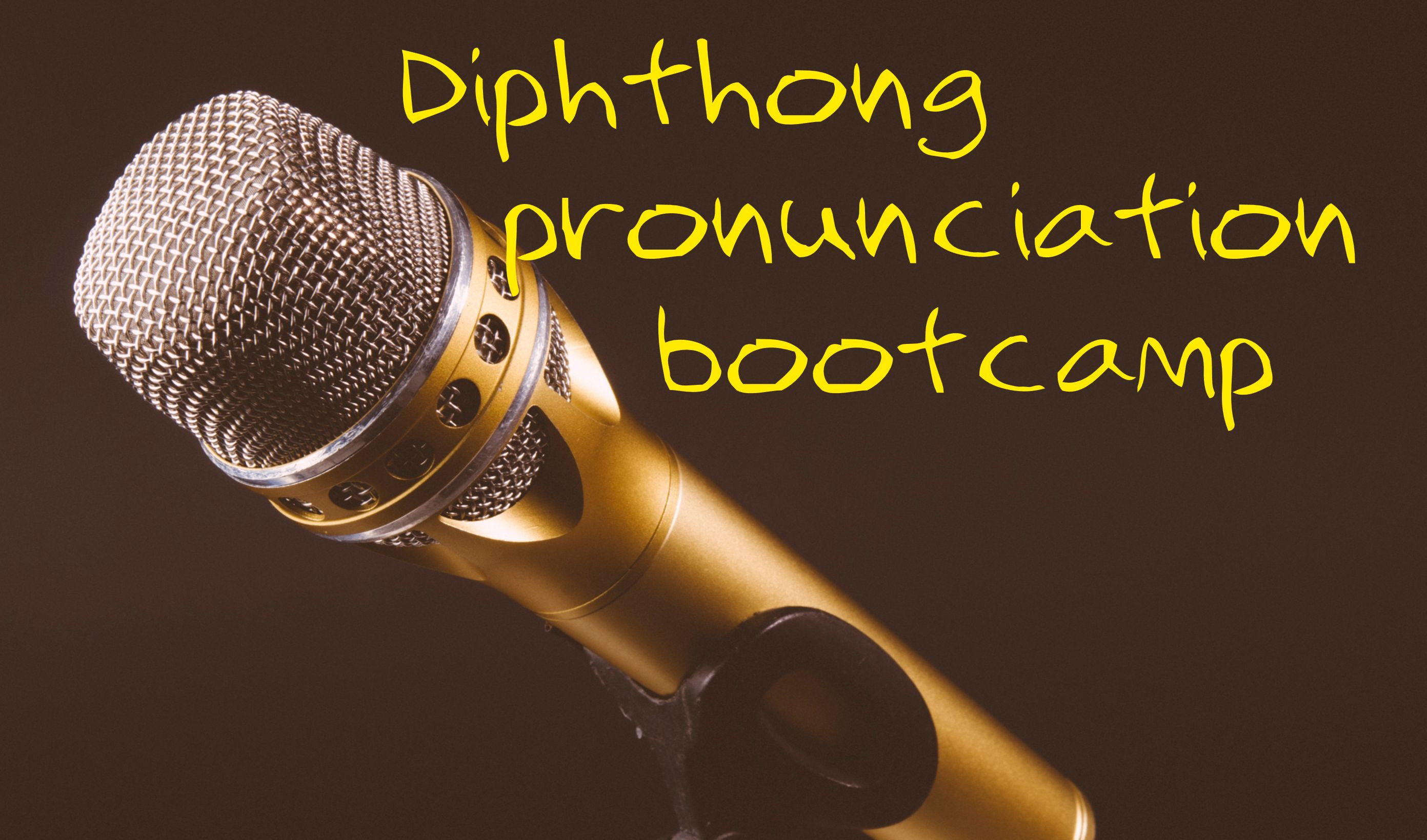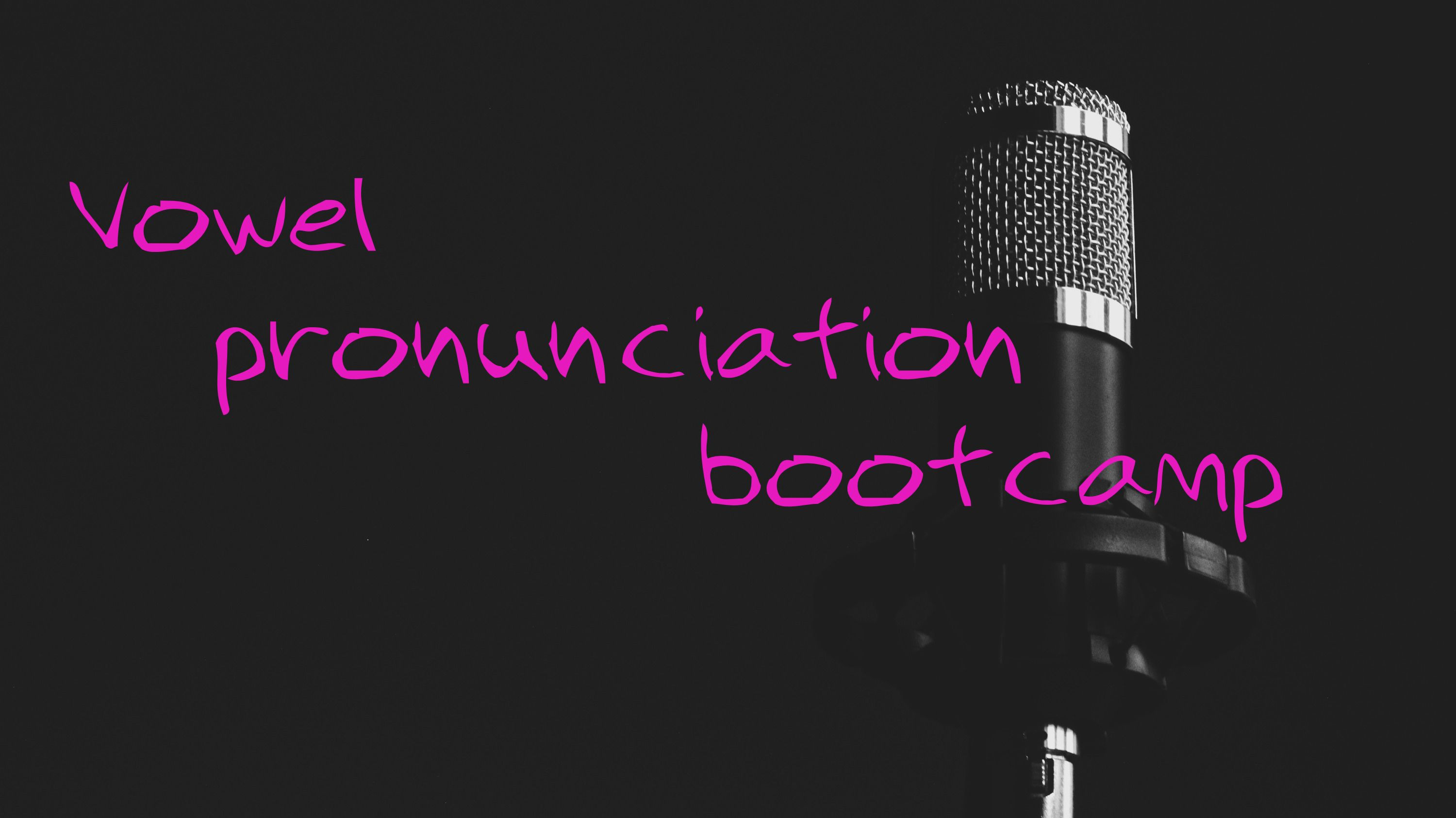
Tests like TOEFL are supposed to assess English proficiency but, in terms of speaking, what exactly does that mean?
One linguist has noted that how well you speak basically includes three factors:
Fluency: How quickly you are able to produce speech. Are you able to respond quickly to questions? Is your speech sustained and automatic? You may pause from time to time (as everybody does) as you consider your ideas, but your response is not hesitant or fragmented. Your speech is fluid and flowing, not choppy and broken.
Accuracy: How many errors you make. How effective are your word choices? Do you make grammar or vocabulary errors that confuse your listener or obscure your meaning? Do you refer to a woman as he or use the simple present to talk about something in the past? The more precisely and accurately you produce language, the better.
Complexity: The complexity of the linguistic structures (things such as subordinate clauses and modal verbs) that you use. Consider the following question. What do you like to do on vacation?
Less complex response: I like to go to the beach. I can swim there. I can meet new people. I can go wind-surfing sometimes. I like the beach in the summer. It’s hot then. The water will feel good.
More complex response: I really enjoy going to the beach when I’m on vacation. I love swimming and, of course, that’s a big part of my vacation but I also enjoy meeting new people when I’m there. Like last year, I actually learned to wind-surf from a guy I met on the beach. Of course, the beach is always going to be best in the summer because the hot weather makes it even more refreshing when you plunge into the cool water.
So how do you become a more fluent speaker?
If you don’t live in an English-speaking country, one obvious way is to take English classes or lessons where you can speak in English with your teacher and/or classmates. You may also find a group or local meeting place where people practice their English.Perhaps you have a friend or family member who speaks English and would be willing to converse with you. Or you may have a job where you need to use English.
For those living in an English-speaking country, you would expect that finding opportunities to practice wouldn’t be an issue. However, I’ve had students living in the U.S. who really spend very little time actually speaking English. If this is your situation, I suggest you actively seek out opportunities to speak English. Look for classes, interest groups, social occasions, volunteer jobs … anywhere where people are going to be conversing with you. When in doubt, use social media and your local library to find resources and ideas.
Sometimes, though, your opportunities to speak English may be more limited. You may have a class or lesson that occurs just once a week. You may be a mother or father staying at home with your children. You may have a job in the U.S. but not much chance to interact with your co-workers … or maybe your co-workers all speak your native language. What do you do then? A modified form of the 4/3/2 technique may be your answer.
The 4/3/2 technique is an effective, time-tested method that classroom teachers use to develop speaking fluency. The original technique works like this:
- Learners work in pairs with one acting as the speaker and one as the listener. The speaker talks for four minutes on a topic while their partner listens.
- The pairs of learners change, and the speaker now gives the same information to a new partner for three minutes.
- The pairs change yet again and this time the speaker gives their information in a two-minute talk.
The 4/3/2 technique is effective for several reasons.
- It is meaning-focused. The speakers are communicating a particular message under “real time” pressures, as they would be doing in an ordinary conversation.
- It doesn’t require the speakers to use unfamiliar vocabulary or grammar. The speakers merely use the words and structures they already know.
- The time pressure encourages the speakers to perform at a higher than normal level. They will speak more quickly, hesitate less, and use larger “chunks” of language as they try to communicate the same content in less time.
Although this technique was designed for a classroom setting where students could be paired up and switch partners regularly, you can still make this method work for you outside a classroom.
- You could use it with one listener … a teacher, a language partner, a family member. Instead of switching listeners, you just talk about your topic three times with the same partner, first for four minutes, then for three minutes, and finally for two minutes.
- You could use it by yourself. Instead of a partner, use your phone to record and time yourself. Listen to the recording after each turn (four-, three-, two- minutes) and make your own assessment. Hopefully each time you will hear less hesitation and longer chunks of speech with fewer errors and stronger word choices.
- If you are preparing for the independent TOEFL speaking questions, which require 45-second responses, try a 3/2/1 variation. Once you get down to a one-minute answer with the same content as a three-minute answer, you’ll be in good shape for the TOEFL.
What sort of topics should you talk about in this exercise? Basically, anything that you feel comfortable talking about, whatever you’re interested in. If you are preparing for TOEFL, study guides have lots of practice questions and you could also use the Chinese websites with TPO (TOEFL Practice Online). I especially like the pages and pages of Independent Writing topics in the Official Guide to the TOEFL Test. Although these are provided as essay topics, they serve equally well as discussion questions.











